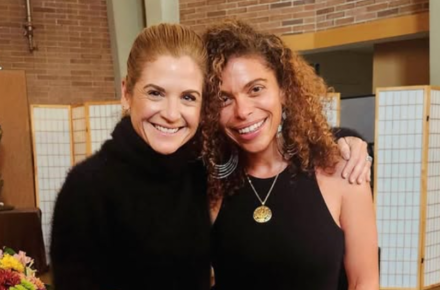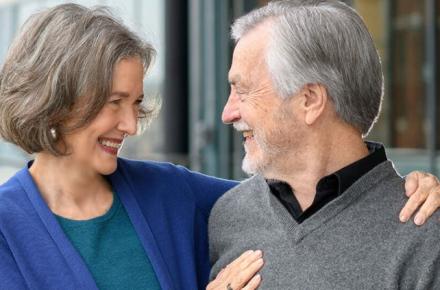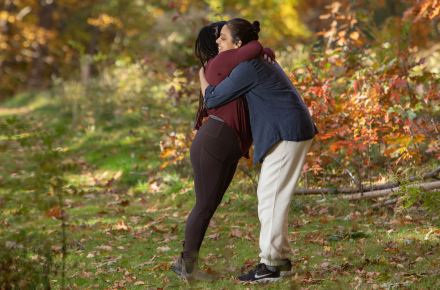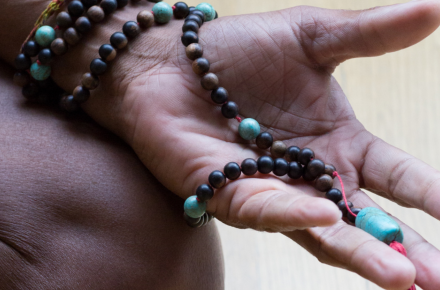The Dance of Codependency


If you watch Dancing with the Stars, you know what it takes to win the coveted Mirror Ball Trophy. As with any successful dancing collaboration, each partner is experienced with, and acutely attuned to, their partner’s dance style and idiosyncratic moves. To be successful on the dance floor, or to thoroughly enjoy the dance, the two partners need to be compatible on as many levels as possible, while knowing each other deeply and completely.
Codependents dance well with narcissists because their pathological personalities or “dance styles” fit together, like a hand in a glove. Almost instantly, they dance magnificently together because they are able to instinctively anticipate each other’s moves. The choreography is effortless, as it feels like they have always danced together. Not only does each dancer instinctively and reflexively know his or her role and stick to it, they do it like they have practiced it all their life. Dysfunctional compatibility is the engine that drives these dancers to the dancing championship finals.
Codependents are drawn to pathological narcissists because they feel comfortable and familiar with a person who knows how to direct, control, and lead. The narcissistic dancer is simply the yin to their yang. Their giving, sacrificial, and passive codependence matches up perfectly with their partner's entitled, demanding, and self-centered nature. Just because the codependent is the more passive of the two does not mean that they lack dancing mojo. Their dysfunctional agility and ability to predict their dancer partner’s moves just by the subtlest of cues, makes her equally important to the illusionary grand prize both are feverishly seeking.
Codependents expertly and adeptly predict and anticipate their pathologically narcissistic partner’s every step, while still experiencing the dance as a passive, but positive, experience. Pathological narcissist dancers enjoy dancing with codependents because they are allowed to feel strong, secure, and in control. Dancing with their malleable partner is thrilling, as they direct the whole experience while believing that they are the only star on the dance floor.
Perhaps my best early explanation for the metaphorical dance experience was my essay, “Codependency: Don’t Dance!” which I wrote in 2007. Like my other essays and poems, it was written after an inspiring breakthrough session with one of my codependent clients. It is not a joke when I say the essay virtually wrote itself, as the ideas had already been “percolating” in my mind for several years. I consider it the beginning moment my Human Magnet Syndrome ideas took on a written form. The following is my beloved essay in its original form:
Codependency: Don’t Dance!
The “codependency dance” requires two people: the pleaser/fixer and the taker/controller. This inherently dysfunctional dance requires two opposite but distinctly balanced partners: a codependent and a narcissist. Codependents, who are giving, sacrificing, and consumed with the needs and desires of others, do not know how to emotionally disconnect or avoid romantic relationships with individuals who are narcissistic—selfish, self-centered, controlling, and harmful. Codependents habitually find themselves on a “dance floor” attracted to “dance partners” who perfectly match up to their uniquely passive, submissive, and acquiescent dance style.
As natural followers of their relationship dance, codependents are passive and accommodating dance partners. Codependents find narcissistic dance partners deeply appealing. They are perpetually attracted to their narcissistic partner’s charm, boldness, confidence, and domineering personality. When codependents and narcissists pair up, the dancing experience sizzles with excitement—at least in the beginning. After several “songs,” the enthralling dance experience predictably transforms into drama, conflict, and feelings of neglect and being trapped. Even with the chaos and discord, neither one dares end the partnership.
When a codependent and narcissist come together in a relationship, their dance unfolds flawlessly: the narcissistic partner maintains the lead and the codependent follows. Their roles seem natural because they have been practicing them their whole lives; the codependent reflexively gives up their power and, since the narcissist thrives on control and power, the dance is perfectly coordinated. No one gets their toes stepped on.
Typically, codependents give of themselves much more than their partners give back. As “generous” but bitter dance partners, they seem to be stuck on the dance floor, always waiting for the “next song,” at which time they naïvely hope their narcissistic partner will finally understand their needs. Codependents confuse caretaking and sacrifice with loyalty and love. Although they are proud of their unwavering dedication to the person they love, they end up feeling unappreciated and used. Codependents yearn to be loved, but because of their choice of dance partner, find their dreams unrealized. With the heartbreak of unfulfilled dreams, codependents silently and bitterly swallow their unhappiness.
Codependents are essentially stuck in a pattern of giving and sacrificing, without the possibility of ever receiving the same from their partner. They pretend to enjoy the dance, but secretly harbor feelings of anger, bitterness, and sadness for not taking a more active role in their dance experience. They are convinced they will never find a dance partner who will love them for who they are, as opposed to what they can do for them. Their low self-esteem and pessimism manifests as a form of learned helplessness that ultimately keeps them on the dance floor with their narcissistic partner.
The narcissist dancer, like the codependent, is attracted to a partner who feels perfect to them: someone who lets them lead the dance, while making them feel powerful, competent, and appreciated. In other words, the narcissist feels most comfortable with a dancing companion who matches up with their self-absorbed and boldly selfish dance style. Narcissist dancers are able to maintain the direction of the dance because they always find partners who lack self-worth and confidence and have low self-esteem. With such a well-matched companion, they can control both the dancer and the dance.
Although all codependent dancers desire harmony and balance, they consistently sabotage themselves by choosing a partner who they are initially attracted to, but will ultimately resent. When given a chance to stop dancing with their narcissistic partner and comfortably sit the dance out until someone healthy comes along, they typically choose to continue their dysfunctional dance. They cannot leave their narcissistic partner because their lack of self-esteem and self-respect makes them feel like they can do no better. Being alone is the equivalent of feeling lonely, and loneliness is too painful to bear.
Without self-esteem or feelings of personal power, the codependent is incapable of choosing mutually giving and unconditionally loving partners. Their choice of a narcissistic dance partner is connected to their unconscious motivation to find a person who is familiar—someone reminiscent of their powerless and, perhaps, traumatic childhood. Sadly, codependents are children of parents who also flawlessly danced the dysfunctional codependent/narcissistic dance. Their fear of being alone, compulsion to control and fix at any cost, and comfort in their role as the martyr who is endlessly loving, devoted, and patient is an extension of their yearning to be loved, respected, and cared for as a child.
Although codependents dream of dancing with an unconditionally loving and affirming partner, they submit to their dysfunctional destiny. Until they decide to heal the psychological wounds that ultimately compel them to dance with their narcissistic dance partners, they will be destined to maintain the steady beat and rhythm of their dysfunctional dance.
Through psychotherapy, and perhaps a 12-Step recovery program, codependents can begin to recognize their dream to dance the grand dance of love, reciprocity, and mutuality is indeed possible. Through therapy and a change of lifestyle, they can build (repair) their tattered self-esteem. The journey of healing and transformation will bring them feelings of personal power and efficacy that will foster a desire to finally dance with someone who is willing and capable of sharing the lead, communicating their movements, and pursuing a mutual loving rhythmic dance.
Find out about programs with Ross Rosenberg at Kripalu.
Excerpted with permission from The Human Magnet Syndrome: The Codependent Narcissist Trap, © 2018, by Ross Rosenberg.









































